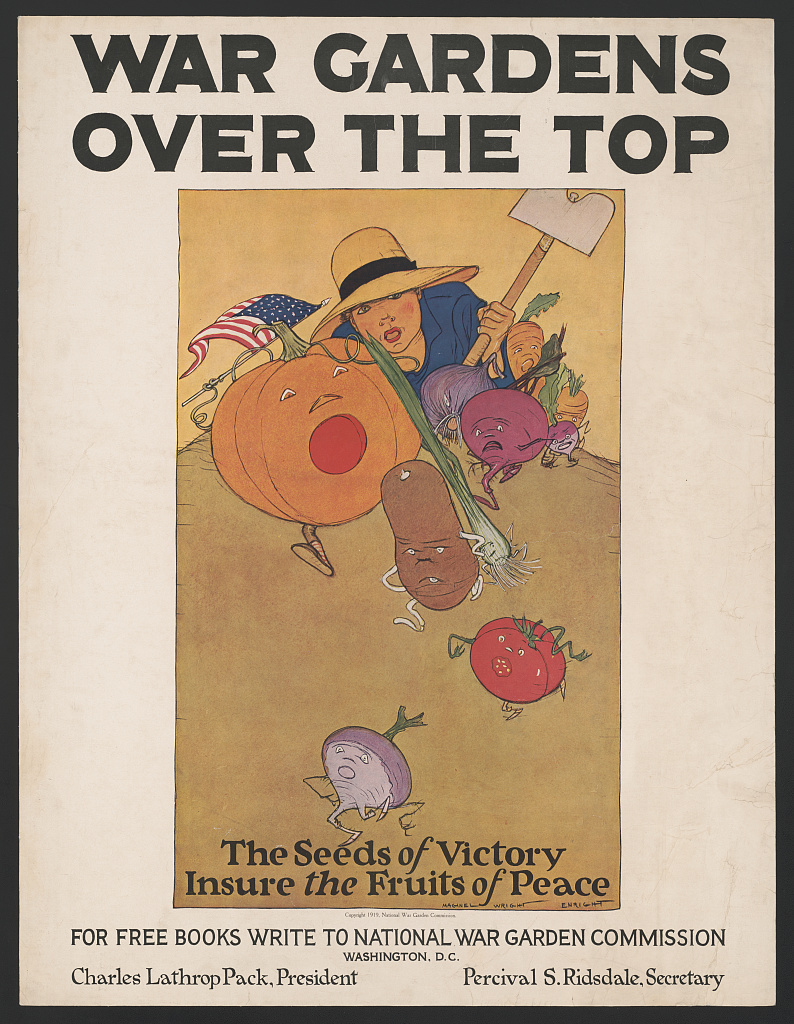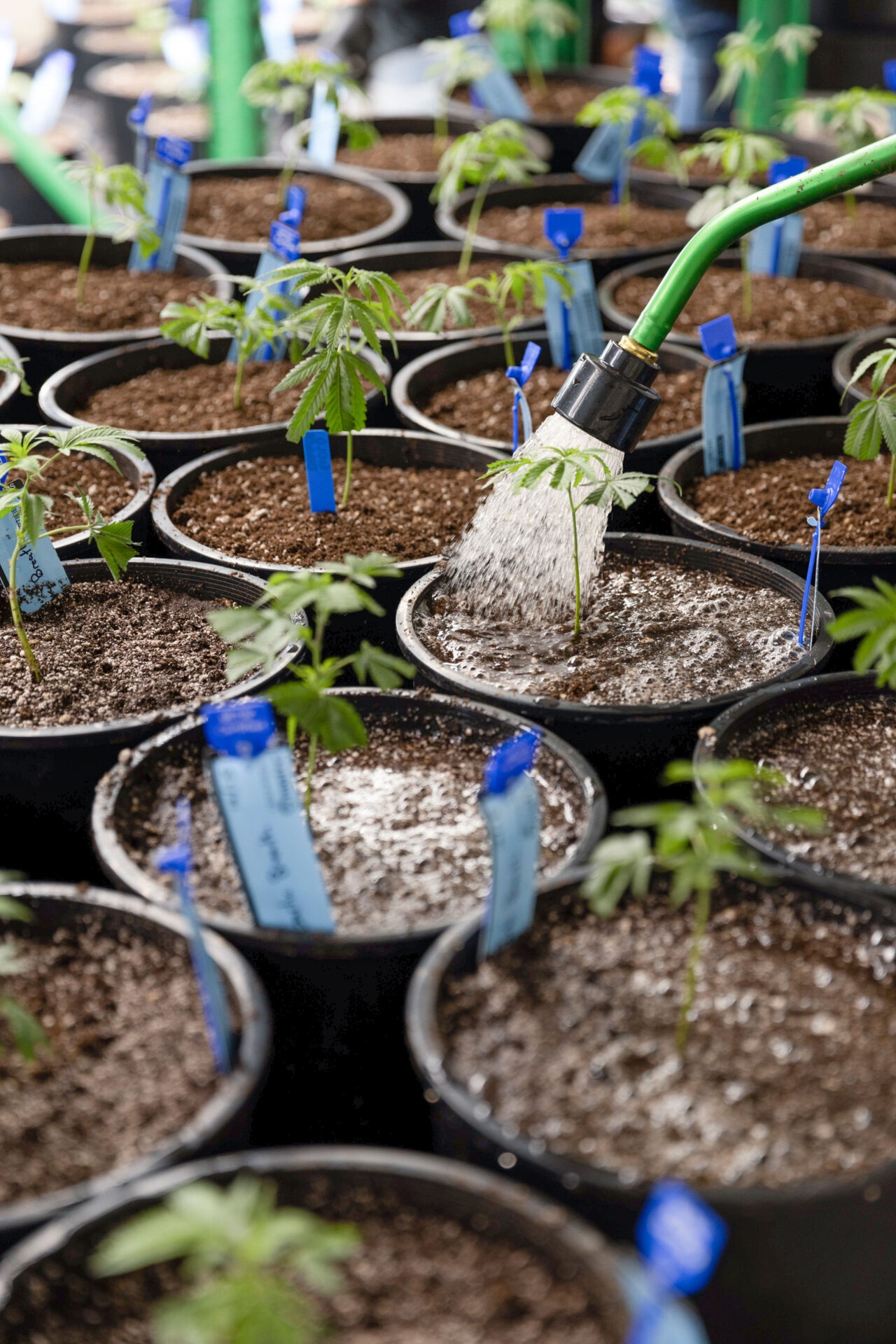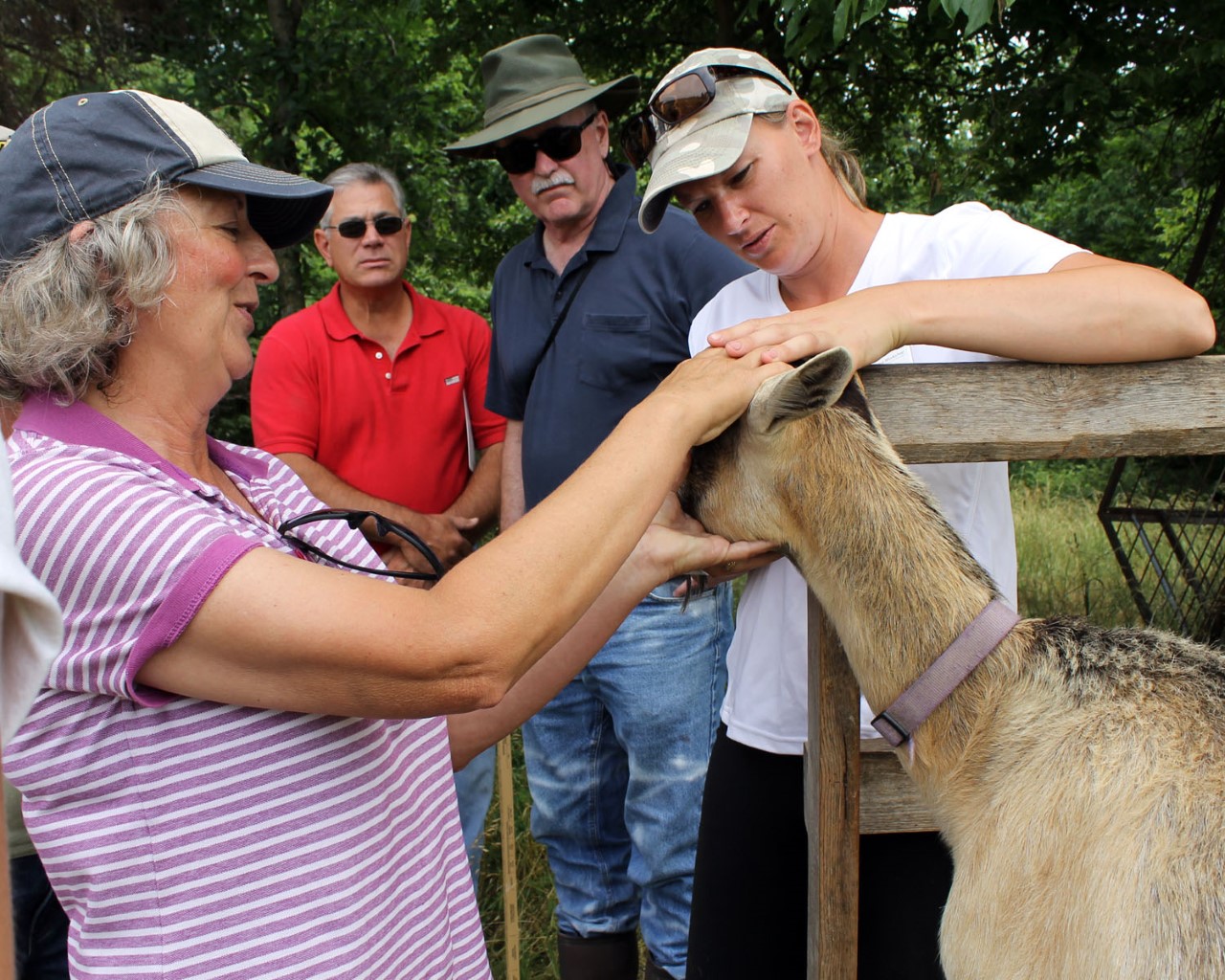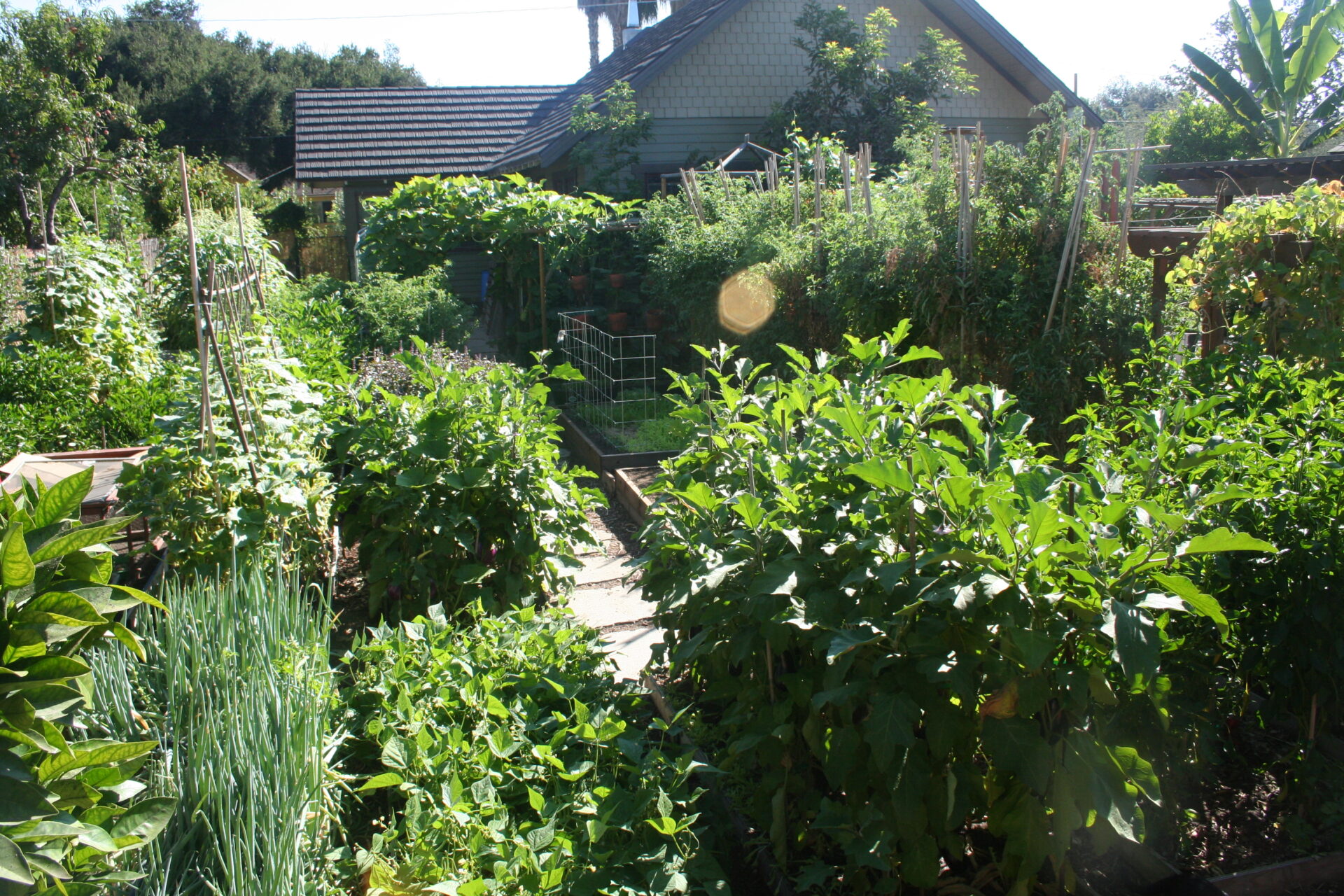
A century-old food movement in the United States is making a come-back during the COVID-19 pandemic. This movement, known by some formerly as Liberty Gardens, can be traced all the way back to World War I. Today they are called Victory Gardens, and interest for them is growing fast.
Victory Gardens are home/public gardens introduced typically during times of national turmoil. There are multiple reasons people plant Victory Gardens during difficult times, but among the end results of these gardens are educating people, young and old, about a connection to agriculture, and bringing them together.
Rich History
Dr. Rose Hayden-Smith, Emeritus, UC ANR, is an expert on Victory Gardens and authored Sowing the Seeds of Victory: American Gardening Programs of WWI about the history of home gardens in war-time America. Hayden-Smith is enthusiastic about the history and idea of Victory Gardens, and believes they can “lead us places.”
“What most people don’t realize about victory gardens is we all think about them about being the iconic home front mobilization program of World War II; they actually came first in World War I,” Hayden-Smith said. “There was one program part of this larger movement called the US War Garden Army. There was a large group of people in this movement that were concerned that their kids weren’t aware of the connection between agriculture and the public.”
Gardening was introduced as part of a rich curriculum to educate children and was viewed as an essential effort for national security,” Hayden-Smith continued. “There were concerns about morale during this time, and people thought gardening would give the country a national purpose.”
Public and government agencies came together for this movement in a way that is not seen as much today. With the success of these programs, people placed great meaning in the gardens, according to Hayden-Smith, pushing public message support in immense ways such as creating “poster art”.
“I think Instagram is the sort of poster art today that was prevalent during World War I and World War II, and has been a huge drive for interest in Victory Gardens today,” Hayden-Smith said. “I don’t think we’re going to see a decline in interest.”
Benefits
Similar to today, there was a widespread pandemic during World War I when Victory Gardens made their first documented appearance. During this time, certain access to food was limited due to mandates from the pandemic as well as the effect it had on businesses. This caused concerns about food security, disruptions in food supply, civil unrest and concerns about being disconnected from the source of food.
The most beneficial aspect of Victory Gardens is their ability to give people a sense of food security and promote the important idea of food sovereignty. Since Victory Gardens enable virtually anyone to grow their own food in a sustainable fashion and have easier access to food during difficult times, many are starting to take to the idea of these gardens being a permanent staple after the pandemic.
“I think it’s going to take off like a rocket,” Hayden-Smith said. “While this pandemic is the worst, it’s helping people prioritize what’s important going forward. I think that people get it about the food now and why there’s been a crisis for a while. If you’d told me a year ago that food sovereignty issues would have been leading national news right now, I wouldn’t believe you, and I think that says something.”
Another beneficial aspect of Victory Gardens is the feeling of community they can create. During difficult times, bringing people together is important, especially when it comes to food choices and sources. Many that participate in Victory Garden movements do it for food security, but others do it for the sense of community and to help spread education about sustainable farming and agriculture.
“Our relationship between people and the landforms an alliance, and I think people don’t think about that enough,” Hayden-Smith said. “Community is one of the most important aspects of Victory Gardens. I think the conversion of prime public space to service the nation with these gardens is amazing. Prioritizing this is important, and people learn from each other.”
Now v. Then
Physically, the makeup of Victory Gardens is a bit different than how they were last century. Today, they consist more of container gardening with root vegetables and seasonal planting, according to Hayden-Smith. In terms of their purpose, though, they are more or less the same.
Having a close or direct connection to food sources and information is a driving factor for establishing Victory Gardens. Other reasons for gardening during today’s pandemic, Hayden Smith said, include wanting variety in diets (fresher and healthier ingredients), being closer to the land and becoming informed about sustainable agriculture. As was mentioned above, this reasoning is similar to the reasoning during the World Wars if not the same.
Victory Gardens are ultimately an under-researched topic in the world of organic farming and sustainable agriculture, but they have still proved to be widely beneficial over the last century. People like Hayden-Smith have been working diligently to prove this, helping people learn about the land and agriculture and integrate food sovereignty practices into their lives.
For more information about Victory Gardens, visit rosehaydensmith.com.





